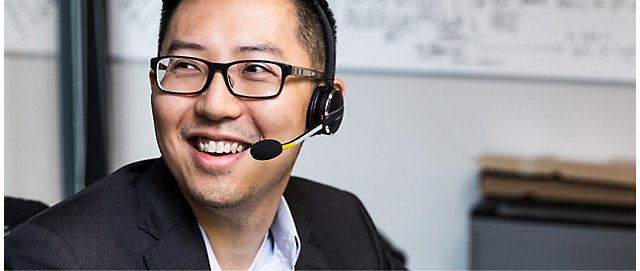To tackle generative AI challenges, the company has decided to develop their own generative AI platform. Consequently, they've initiated the development of an in-house generative AI system named "DS-GAI (Daiichi Sankyo - Generative AI)."
The company used Azure OpenAI Service to launch an in-house AI system within a month, ensuring continuous updates. They share internal know-how through workshops and a portal, adopting a "release as we go" approach for steady monthly updates.
DS-GAI has been used by over half of the employees, with around 600 people using it daily. Over 80% of respondents in a company-wide survey stated that DS-GAI has improved their productivity and accuracy. Additionally, some have acquired new skills.














Follow Microsoft